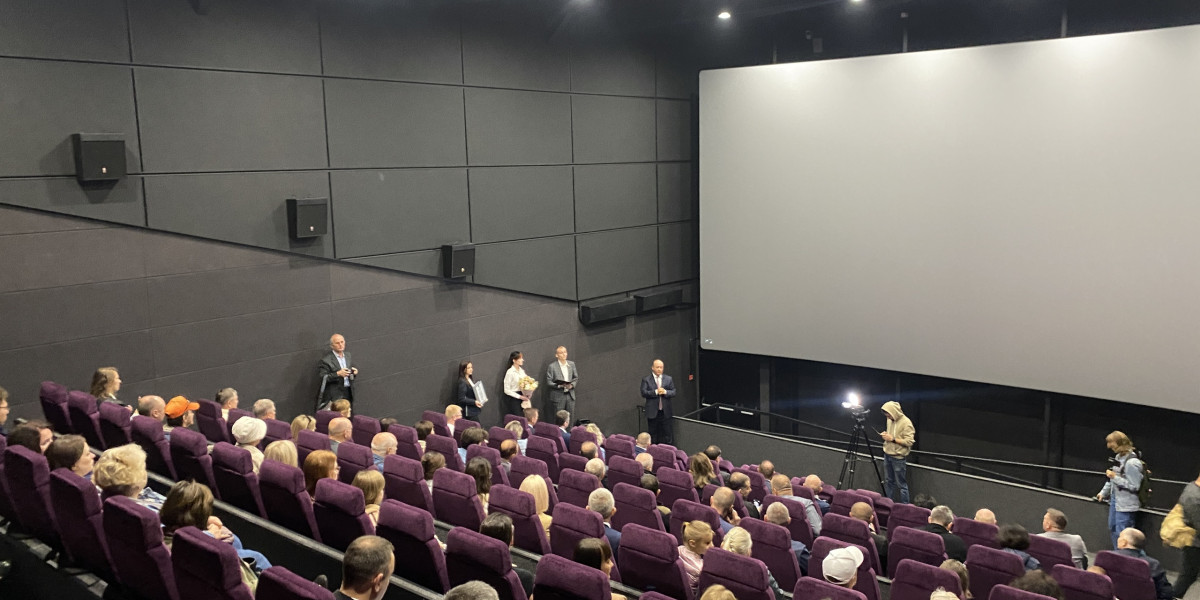The Emergence of the US Human Centric Lightings Industry
The US Human Centric Lightings Industry has seen rapid growth due to rising awareness of the impact of lighting on human health, circadian rhythms, and workplace productivity. Human-centric lighting (HCL) solutions adapt brightness and color temperature to support daily activities, enhance mood, and improve focus.
Technological advancements are central to market growth, with synergies from the Robotic Vision Market and Graphene Electronic Market contributing to smarter, energy-efficient, and responsive lighting systems. Integration with these technologies allows real-time adjustments, precise control, and enhanced performance in complex environments.
Key Market Drivers
Wellness and Productivity Focus
Increasing awareness of the health benefits of circadian lighting and its role in enhancing productivity is a major growth driver.Technological Advancements
Adaptive lighting systems, smart controls, and energy-efficient solutions support broader adoption in offices, hospitals, and smart homes.Integration with Smart Technologies
Linking with robotic vision systems and advanced electronic components like graphene-based devices enhances automation, precision, and longevity of lighting systems.Expanding Commercial and Residential Applications
From healthcare facilities to corporate offices and smart residences, the demand for HCL is rising steadily.
Opportunities and Challenges
While high initial investment and the need for specialized installation present challenges, opportunities abound in integrating HCL with smart building systems, IoT-enabled devices, and next-generation electronics. Increasing demand for personalized lighting solutions and energy efficiency further drives market expansion.
Conclusion
The US Human Centric Lightings Industry is transforming the way lighting interacts with people, prioritizing health, comfort, and productivity. With continued innovation, integration with robotics and advanced electronics, and expanding applications, HCL is set to play a crucial role in shaping the future of lighting in the United States.
FAQs
Q1: What are the benefits of human-centric lighting?
A: Human-centric lighting improves well-being, enhances focus and productivity, and supports circadian rhythms.
Q2: How do robotic vision and graphene electronics enhance HCL systems?
A: Robotic vision enables adaptive automation, while graphene electronics contribute to energy efficiency and responsive controls.
Q3: What challenges does the US HCL market face?
A: High installation costs and the need for specialized systems remain challenges, though growing awareness and technological integration continue to drive adoption.







